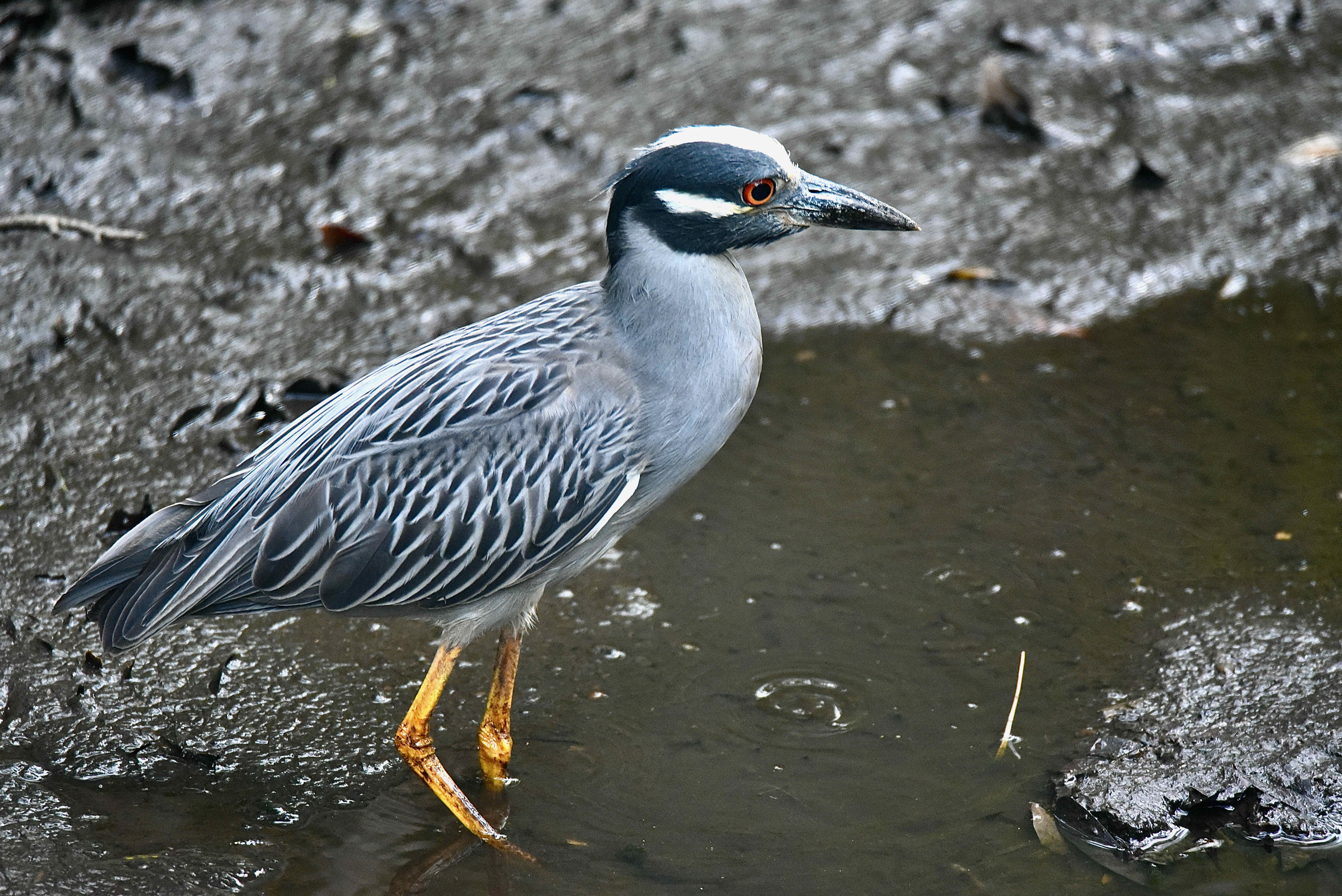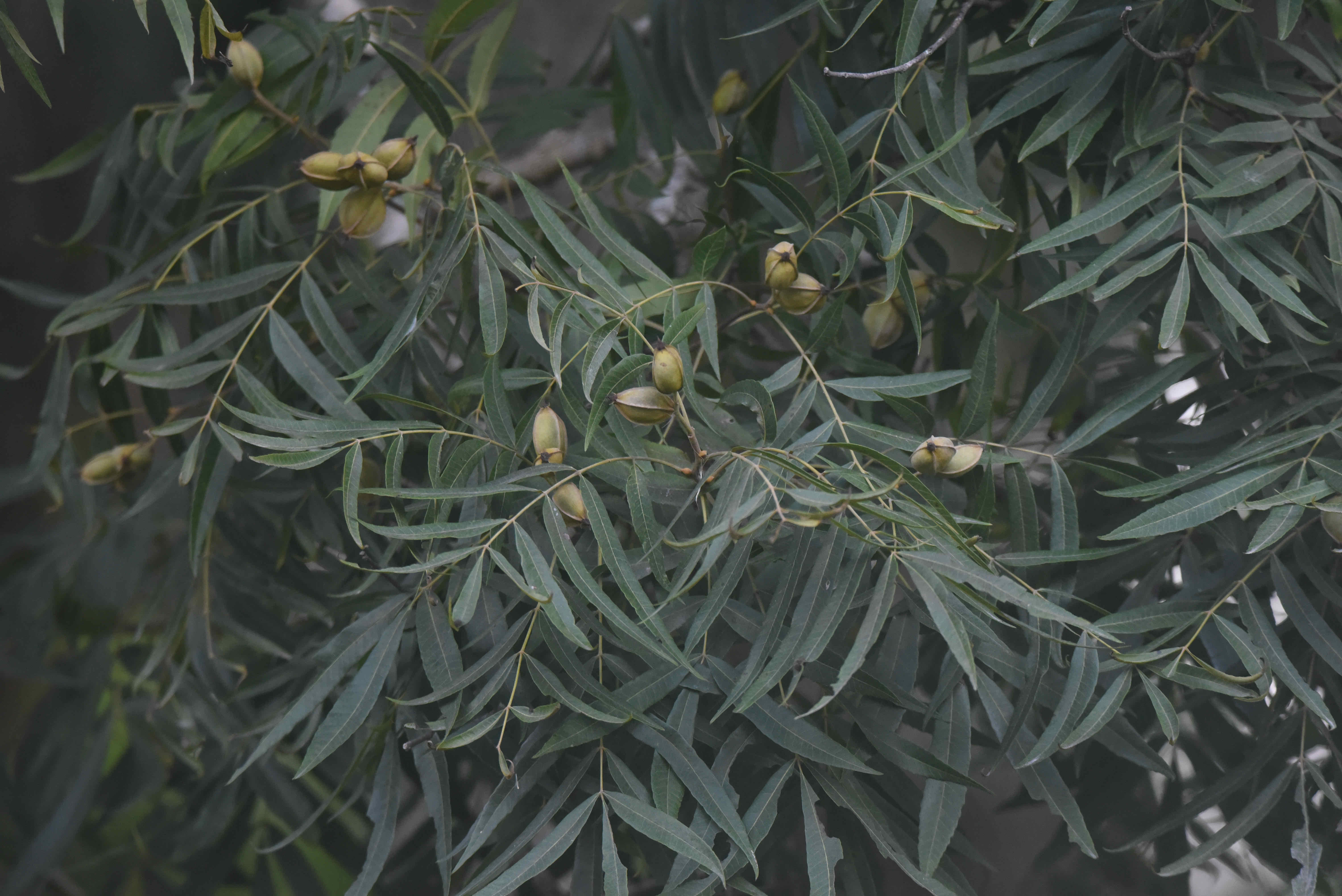Overview: Most county parks you can hike or bike; many can be seen via canoe or kayak. These options are all available at Riverbend County Park in the north end of Palm Beach County, plus one more. Horseback.
The park is the hub of the Jeaga Wildways, a network of four long-distance, multi-use trails that cut through 160,000 acres of preserved land in Palm Beach and Martin counties. Riverbend has nearly 10 miles of hiking/biking trails, generally wide enough to accomodate those on foot and those on pedal without conflict. There are also about seven miles of equestrian trails throughout the park, mostly separated from the others to limit conflict between modes. Riverbend also has five miles of waterways for paddlers. There are concessionaires offering bike and canoe/kayak rentals within the park; horse rentals not so much.
The upper reaches of the federally designated Loxahatchee Wild and Scenic River. is the setting for this 680-acre county park. The Northwest Fork of the Loxahatchee is the last free-flowing river in South Florida. The Hillsboro River, which once separated Palm Beach and Broward counties is now the Hillsboro Canal. Fort Lauderdale's New River and to its south, the Miami River, are glorified canals. But the Northwest Fork of the Loxahatchee remains, much of it in a near pristine state.
What You'll See: Within Riverbend, there are ponds and lakes. There are cypress swamps, marshes, plenty of pine flatwoods and live oak hammocks and a few open meadows. During one project to clear invasive plants from a section of the park, managers found a remnant of a slough that feeds the river.
Species we've spotted there in include bay lobelia and water hickory, both considered imperiled in South Florida, osprey, pilated woodpecker, red-bellied woodpecker, wild turkey, peacock, eastern gray squirrel and marsh rabbit.
History: Palm Beach County began accumulating land for Riverbend back in 1978 but the park did not open until 2005, in part because of extensive archeological surveys of the property. Within Riverbend are the sites of two battles fought during the last days of the Second Seminole War, including the climactic Battle of Loxahatchee. Surveys done in the 1990s found 61 sites of historic and archeological significance, some of which dated back 2,500 years. One of the more important finds: remains of a Seminole encampment dating to the years after the war. Much of the land's historical and natural significance is reflected in the names of places and trails within Riverbend.
Of Note: Riverbend is open every day of the year, sunrise to sunset. There are no fees to enter the park.
Amenities: Parking is ample; drinking water and restrooms are available.
Links: The Institute for Regional Conservation's inventory of plants within the park is here. Riverbend is not included as a stop on the Great Florida Birding Trail, but we've found it a first-rate place for spotting our feathered friends. Click here for a map of the park. Click here for information on rentals.
Cover Photo: Riverbend County Park was the first place we ever saw a wild turkey in Florida when we visited the park in 2012, nearly a year before we launched Wild South Florida. Problem was we couldn't get so much as a semi-decent photograph of one. We've seen them on several occasions afterwards at different places, but they were either too fast for us or too far away. So in early summer of 2021, determined to finally get our turkey, we returned to Riverbend. We spent the day hiking through the park without so much as a glimpse of our "target" bird. We decided to drive through the park on one final swing before heading home, and lo and behold this beautiful tom came along. We followed him for several minutes, then saw him fly into the trees, an amazing sight in itself. The rest, as they say, is history.
The park is the hub of the Jeaga Wildways, a network of four long-distance, multi-use trails that cut through 160,000 acres of preserved land in Palm Beach and Martin counties. Riverbend has nearly 10 miles of hiking/biking trails, generally wide enough to accomodate those on foot and those on pedal without conflict. There are also about seven miles of equestrian trails throughout the park, mostly separated from the others to limit conflict between modes. Riverbend also has five miles of waterways for paddlers. There are concessionaires offering bike and canoe/kayak rentals within the park; horse rentals not so much.
The upper reaches of the federally designated Loxahatchee Wild and Scenic River. is the setting for this 680-acre county park. The Northwest Fork of the Loxahatchee is the last free-flowing river in South Florida. The Hillsboro River, which once separated Palm Beach and Broward counties is now the Hillsboro Canal. Fort Lauderdale's New River and to its south, the Miami River, are glorified canals. But the Northwest Fork of the Loxahatchee remains, much of it in a near pristine state.
What You'll See: Within Riverbend, there are ponds and lakes. There are cypress swamps, marshes, plenty of pine flatwoods and live oak hammocks and a few open meadows. During one project to clear invasive plants from a section of the park, managers found a remnant of a slough that feeds the river.
Species we've spotted there in include bay lobelia and water hickory, both considered imperiled in South Florida, osprey, pilated woodpecker, red-bellied woodpecker, wild turkey, peacock, eastern gray squirrel and marsh rabbit.
History: Palm Beach County began accumulating land for Riverbend back in 1978 but the park did not open until 2005, in part because of extensive archeological surveys of the property. Within Riverbend are the sites of two battles fought during the last days of the Second Seminole War, including the climactic Battle of Loxahatchee. Surveys done in the 1990s found 61 sites of historic and archeological significance, some of which dated back 2,500 years. One of the more important finds: remains of a Seminole encampment dating to the years after the war. Much of the land's historical and natural significance is reflected in the names of places and trails within Riverbend.
Of Note: Riverbend is open every day of the year, sunrise to sunset. There are no fees to enter the park.
Amenities: Parking is ample; drinking water and restrooms are available.
Links: The Institute for Regional Conservation's inventory of plants within the park is here. Riverbend is not included as a stop on the Great Florida Birding Trail, but we've found it a first-rate place for spotting our feathered friends. Click here for a map of the park. Click here for information on rentals.
Cover Photo: Riverbend County Park was the first place we ever saw a wild turkey in Florida when we visited the park in 2012, nearly a year before we launched Wild South Florida. Problem was we couldn't get so much as a semi-decent photograph of one. We've seen them on several occasions afterwards at different places, but they were either too fast for us or too far away. So in early summer of 2021, determined to finally get our turkey, we returned to Riverbend. We spent the day hiking through the park without so much as a glimpse of our "target" bird. We decided to drive through the park on one final swing before heading home, and lo and behold this beautiful tom came along. We followed him for several minutes, then saw him fly into the trees, an amazing sight in itself. The rest, as they say, is history.




















